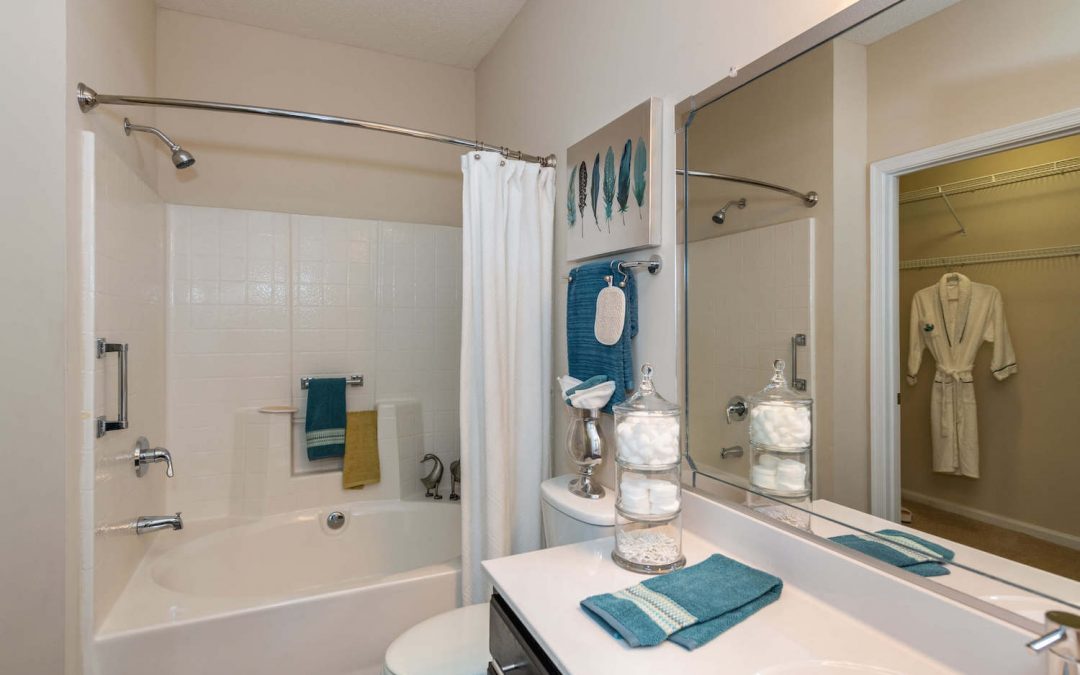Cold and flu season is here, in addition to rising cases of Covid 19, and it’s important to keep your home clean and disinfected regularly as a line of defense against disease. Whether you work outside or inside the home, if you step outside your front door to walk your dog, visit the grocery store, attend doctor’s appointments or enjoy a daily jog or bike ride, it’s likely that you’re tracking some amount of germs back into your home.
While wearing a mask and washing your hands regularly are your first and best lines of defense against most viruses, including Covid 19 and the flu, it’s still important to clean and disinfect high traffic areas in your home daily. If you’re wondering where to start or how to best tackle porous surfaces as well as hard surfaces, you’re in good luck.
Here are are simple tips to help you clean and sanitize your home this cold and flu season.
Start With Your Hands
Experts agree that regular hand washing is one of the best defenses against viruses and bacteria, and most germs can’t stand up to a thorough wash with soap and water. As soon as you arrive home, wash your hands, and remember to wash continuously after opening mail, receiving packages or emptying groceries.
First Clean, Then Disinfect
Believe it or not, there is a difference between cleaning and sanitizing. Cleaning means removing dirt, gunk, dust and grime from surfaces, upholstery, carpets, etc. using soap and water, vacuums, cloths and mops. Once you’ve cleaned, you’ll want to use a disinfectant to sanitize by wiping down surfaces that receive traffic and use. This may include your countertops, sink faucets, light switches, door knobs, cabinet pulls, electronic devices, bathroom sinks, showers, tubs, toilets and laundry area. When disinfecting, you’ll want to make sure to use a proven disinfectant and leave the disinfectant on the surface to dry after applying. Disinfectants can be irritating to skin, so it can be helpful to wear gloves while in use.
Hard Surfaces
The easiest places to clean and disinfect are hard surfaces like kitchen countertops, knobs, pulls, devices, light switches, floors, showers, tubs and toilets. Use soap and water to thoroughly scrub these surfaces, removing food particles, dirt, dust and debris. Once you’ve finished cleaning, use disinfecting wipes to sanitize surfaces by wiping them down fully and leaving them wet with disinfectant to dry (avoid drying disinfectant on surfaces with a paper towel).
Soft, Porous Surfaces
Soft surfaces should be cleaned with soap and water, just as hard surfaces are (think shampooing or spot treating your carpet). If possible, launder upholstery and drapes. Once they’ve been clean, vacuum as usual. If your carpets or upholstery have experienced heavy traffic or exposure to germs, it may be a good idea to have them professionally steam cleaned.
Electronics
Phones, tablets, remotes and keyboards should all be disinfected regularly. Since most of these cannot safely be cleaned with soap and water, it may be more appropriate to use disinfectant wipes to wipe down daily. You may want to check manufacturer information to be sure that you use device-approved products that won’t harm or damage your product, first. Either way, give these a good wipe down, and leave to dry after.
Laundry
Avoid shaking dust out of laundry before washing. If you know you have large dust bunnies or debris in laundered items, take them outside and consider using gloves to remove debris individually, and be sure to wear a mask. Once debris is removed, wash bedding, blankets and towels in hot water. Wash pillow covers and slipcovers often, and switch out hand towels and bath mats regularly. Try not to leave loads of dirty laundry lying around for long.


